Vallée de Suseong-dong (수성동계곡)
2.3Km 2025-04-18
185-3, Okin-dong, Jongno-gu, Seoul
Les courants d'eau de la vallée Suseong-dong s'écoulent du mont Inwangsan pour rejoindre la rivière Cheonggyecheon. Le site apparaît dans la peinture "Jangdong Palgyeongcheop" tout comme dans des récits historiques datant de la dynastie Joseon.
La rue de jokbal à Jangchungdong (장충동 족발 골목)
2.3Km 2019-09-26
176, Jangchungdan-ro, Jung-gu, Seoul-si
+82-2-2236-9135
Le phénomène de la rue de jokbal à Jangchungdong a commencé il y a 50 ans avec l’ouverture de deux restaurants de jokbal coréens (pieds de porc cuits à la vapeur), suivis par un afflux de nouveaux restaurants de jokbal durant la fin des années 70 et début des années 80. Aujourd’hui les restaurants de jokbal continuent de servir un des délices coréens les plus appréciés sur la route principale et les allées des environs de la rue Jangchungdong 1(il)-ga.
Brown Chicken (브라운치킨)
2.4Km 2021-03-18
15, Eulji-ro, 43-gil, Jung-gu, Seoul
+82-2-2275-9972
Try fried chicken, one of Korea’s representative dishes. The most famous menu is fried chicken. A chicken specialty restaurant located in Dongdaemun Gate, Seoul.
Nunnamujip (눈나무집)
2.4Km 2020-06-16
136-1, Samcheong-ro, Jongno-gu, Seoul
+82-2-739-6742
Nunnamujip is famous for a North Korean dish called, “Kimchi mari guksu”, which is a noodle dish in cold kimchi soup containing toasted laver, a boiled egg, and sesame. The soup is refreshingly cold and a little spicy. For “Kimchi mari bap”, a bowl of rice is put into cold kimchi soup instead of noodles. The taste is very unique. In addition to Kimchimari, “Tteokgalbi” is a popular dish on the menu as well.
The main restaurant is located in the basement, which has only limited seating capacity with a few tables. As a result, many people usually wait in line for lunch or dinner. A second franchise has opened in a three-story building across the street. To enjoy a quaint atmosphere, the first establishment is better, but the new one’s interior design is much more modern and fancier, giving it a fresh altering look.
Fat Grandma's Place (뚱뚱이할머니집)
2.4Km 2016-09-05
174-1, Jangchungdan-ro, Jung-gu, Seoul-si
+82-2-2273-5320 / 2279-2714
An elderly lady with fine wrinkles is still in charge of creating the captivating taste of jokbal (steamed pork hock). Originally, the restaurant did not have a name, but customers referred to it as the “Fat Grandma’s Place.” Sure enough, as you enter the restaurant, you will notice a plump, elderly lady with silver hair sitting at the counter. The place is well known for jokbal with an exquisite combination of rich meat and soft fat. Three or four ingredients, including ginger, are added to the simmering broth to eliminate the strong meat smell. When you order a small serving, you are served radish “water” kimchi as well as two small bindaetteok free. You can order additional bindaetteok too, three for 5,000 won. When you order a large serving, you are served four free bindaetteok. Many customers order jaengbanguksu (spicy buckwheat noodles), which goes perfectly with jokbal.
Hangeureut (한그릇)
2.4Km 2021-03-18
136, Samcheong-ro, Jongno-gu, Seoul
+82-2-720-5613
A store that also serves delicious meat noodles. The best menu at this restaurant is rice soup. This is a Korean cuisine located in Jongno, Seoul.
Wonjo 1ho Jangchungdong Halmeonijip(원조1호장충동할머니집)
2.4Km 2020-11-17
174, Jangchungdan-ro, Jung-gu, Seoul
+82-2-2279-9979, +82-2-2275-1064
Following his mother’s footsteps, the son of the previous owner is now managing the family business. Opened during the early years of Jokbal Street, the delicious meat at this restaurant is fondly remembered by customers. While the meat itself has almost no fat, the fat portion is extremely soft and savory. This restaurant is also different from the others in that it provides kongnamul-guk (bean sprout soup) with the jokbal (steamed pork hock). Pyeongyang-style naengmyeon (cold noodles) and tteok-mandu-guk (rice cake-dumpling soup) are also delicious. Pyeongyang naengmyeon is cooked to suit South Korean tastebuds. Besides, the noodles and dumplings are hand-made. Despite the restaurants long history, the building of the restaurant is clean and well-maintained as it was being rebuilt after a fire in the 1980s. There are plenty of tables on the first and second floors to accommodate customers, and the third floor is reserved for large groups. Especially noticeable is the clean appearance both inside and out, despite the restaurant’s long history; probably because the building was rebuilt after a fire in the 1980s. Plenty of tables on the first and second floors accommodate customers, and the third floor is reserved for large groups.
Season's Table Dongdaemun LOTTE FITIN(계절밥상 동대문롯데피트인)
2.4Km 2020-10-29
7F, LOTTE, FITIN, 264, Eulji-ro, Jung-gu, Seoul
+82-2-6262-4715
This is a buffet located in Dongdaemun Gate, Seoul. The representative menu is Korean dishes. A buffet restaurant serving Korean dishes.
Pyeongando Jokbal (평안도족발집)
2.4Km 2021-03-30
174-6, Jangchungdan-ro, Jung-gu, Seoul
+82-2-2279-9759
Pyeongando Jokbal has a history of over 50 years, and is very popular among all the jokbal (pig's trotter) restaurants in the Jangchung-dong Jokbal Street area. The taste is outstanding, making this hard-to-find restauant a favorite among jokbal lovers.
Hall de l’histoire de la prison de Seodaemun (서대문형무소역사관)
2.4Km 2022-12-15
251, Tongil-ro, Seodaemun-gu, Seoul
+82-2-360-8590
※ Fermeture temporaire en raison du Covid-19 (à partir du 7 février)
Le hall de l’histoire de la prison de Seodaemun est un musée particulier situé au parc de l’Indépendance de Seodemun. Il a été construit à la fin du royaume de Joseon (~1910), et fut le principal instrument d’oppression utilisé par les Japonais où de nombreux patriotes coréens du mouvement indépendent furent torturés et éxécutés.
Il est muni d’une prison au sous-sol, où Yu Gwan-Sun périt après le mouvement du 1er mars, de tour-vigies, d’une salle de torture, d’une salle d’éxécution, de 7 cellules de prison, d’un hall d’exposition historique etc.
Le 1er étage est « un lieu d’honneur », où vous pouvez découvrir la prison de Seodaemun grâce à un système de graphiques. Un grand écran montre l’histoire de sa construction et les périodes transitoires de son évolution. Il y a des expositions spéciales et la salle commune qui exposent des faits sur l’Histoire de Corée.
Le deuxième étage traite de « l'Histoire » et vous pouvez voir différentes salles d’exposition concernant « la résistance nationale », « l’histoire de la prison » et « la vie en prison ». Vous pourrez remarquer que les Coréens n’ont jamais perdu leur esprit national ou leur opiniâtreté à retrouver leur liberté, malgré ce chapitre particulièremenet noir de leur Histoire. La « salle expérimentale » est la plus effroyable et terrifiante de la prison. Dans les salles de « détention provisoire » ou de « torture » vous verrez avec frayeur des scènes réalistes de torture reconstituées.
Dans le Parc de l’Indépendance de Seodaemun se trouvent, le vestige historique N˚ 32 (Dongnimmun), N˚ 33 (Yeongeunmunjucho), le hall de l’Indépendance, le monument des martyrs, et le monument de la déclaration de l’Indépendance du 1er mars.
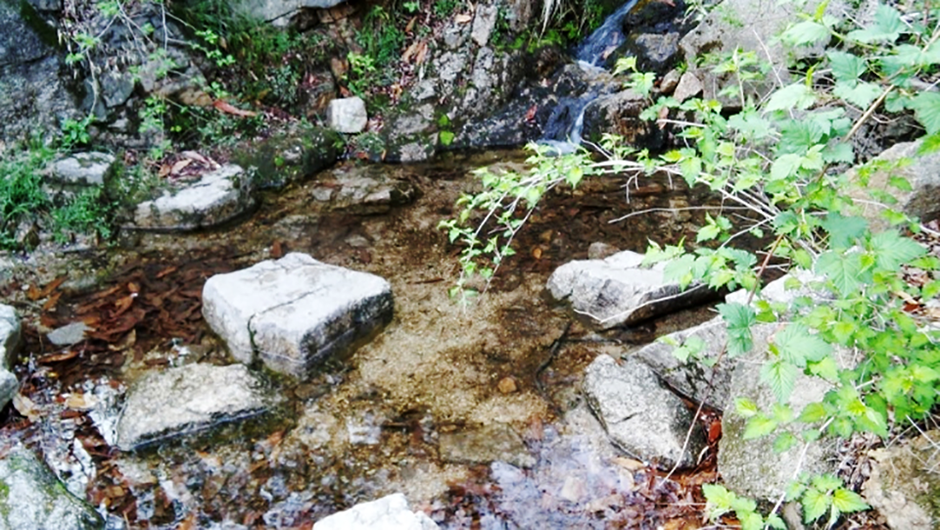
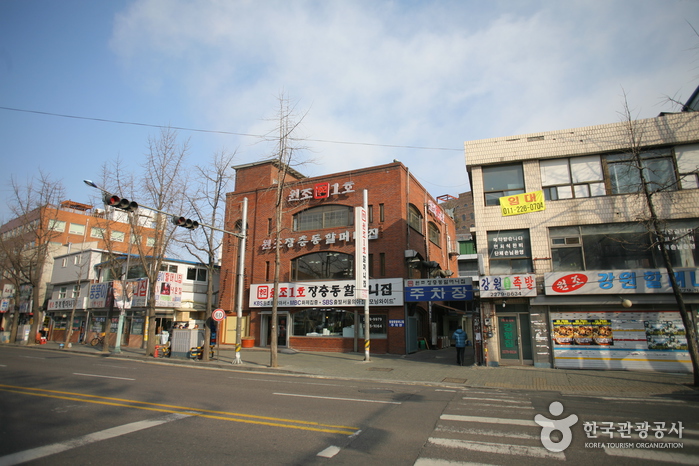

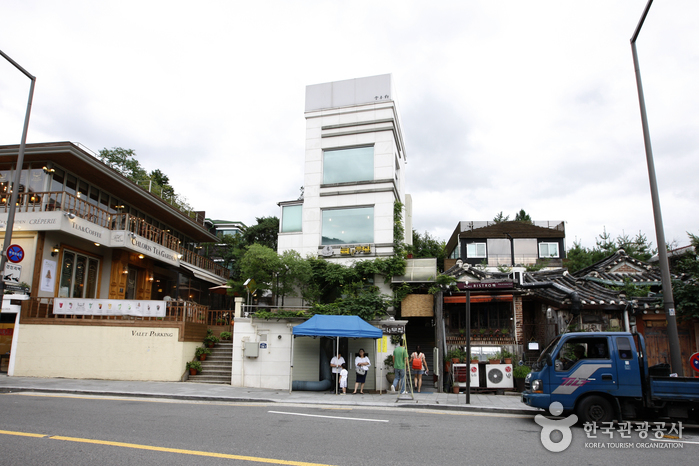
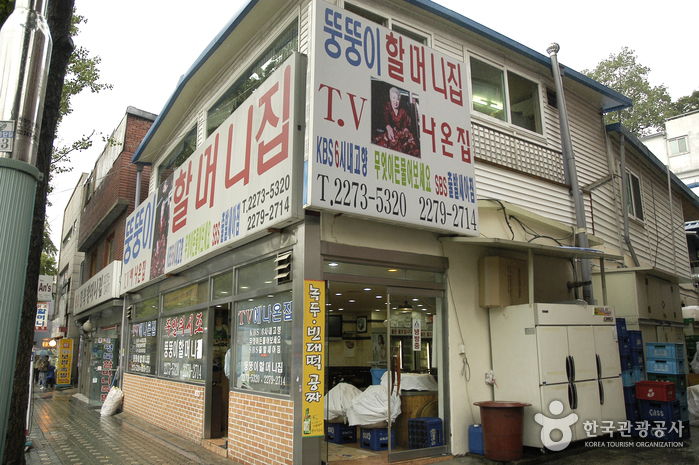
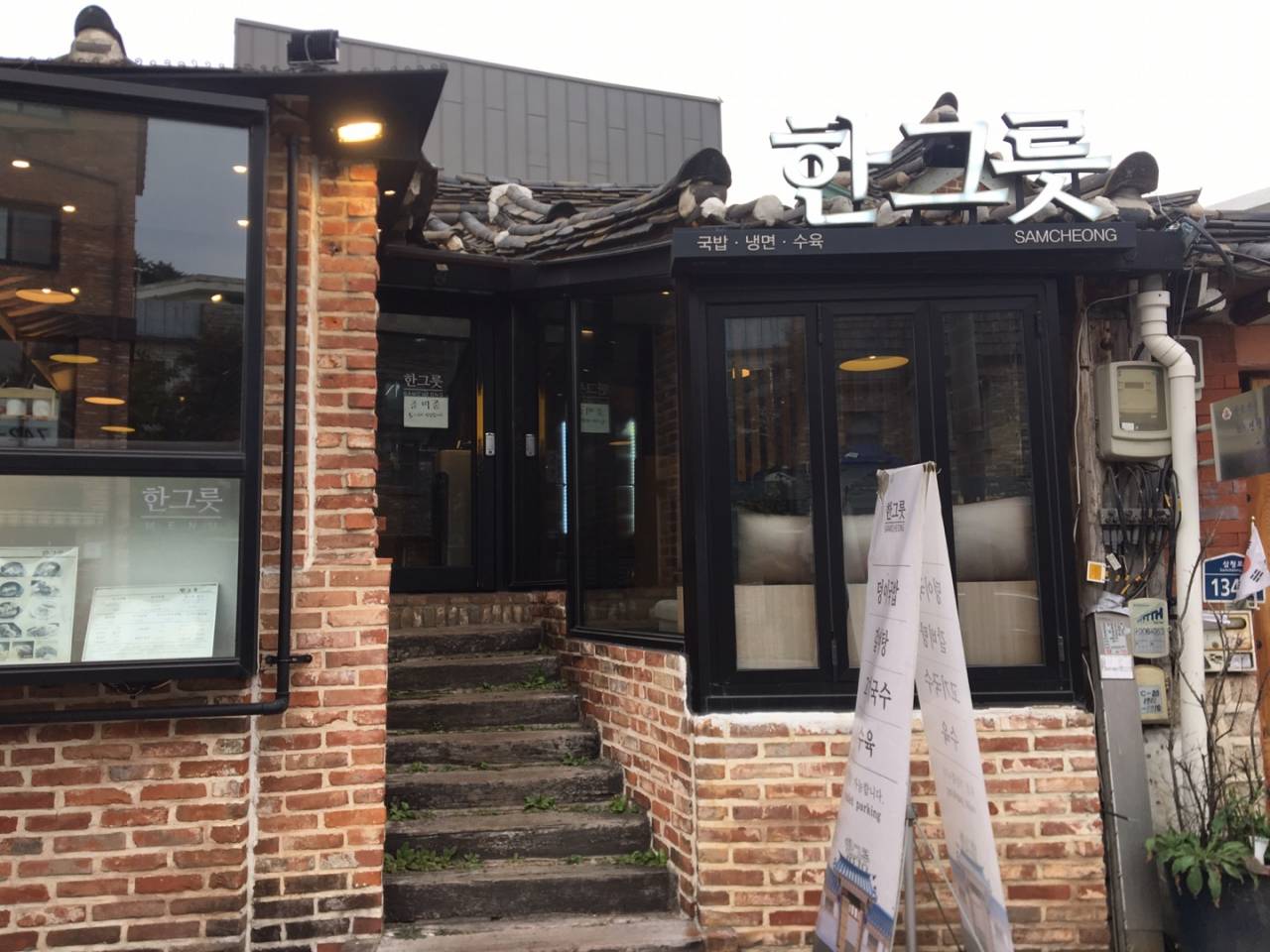

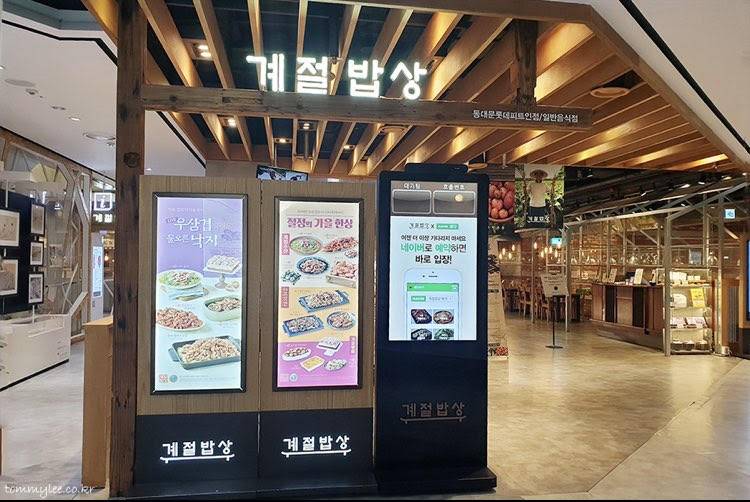
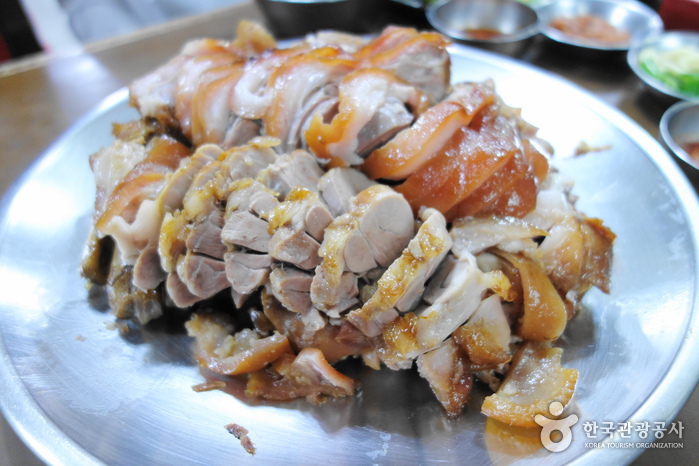

 Français
Français
 한국어
한국어 English
English 日本語
日本語 中文(简体)
中文(简体) Deutsch
Deutsch Español
Español Русский
Русский